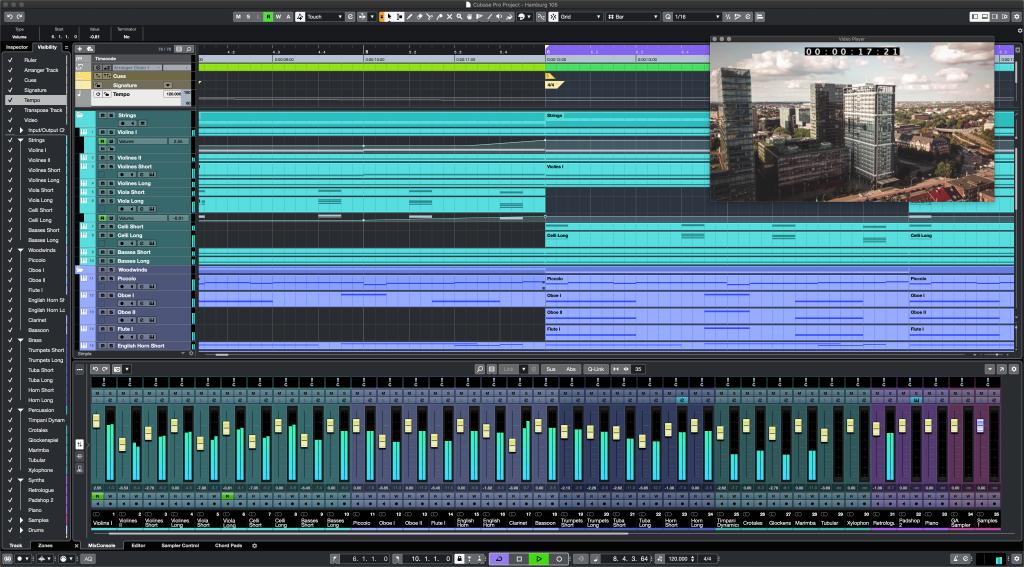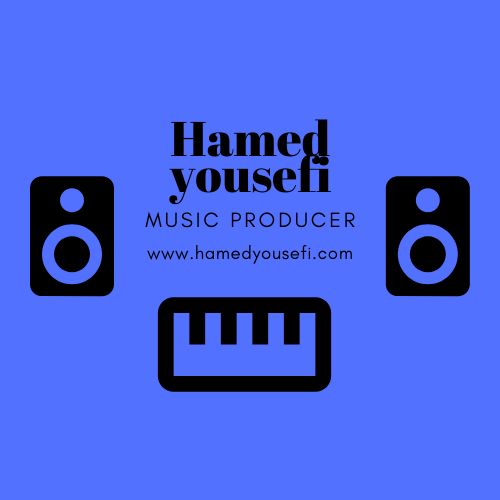spotting a film

In this article, you’ll learn my philosophy on spotting a film. I’ll also cover some of the tools, techniques, and tricks that I use to get the most out of the spotting experience. If your new to film scoring, this article will be a great primer to figuring out how to make your music work with film. If you’re an experienced film composer, I’d love to hear your thoughts on this subject.
P.S. “Film music” refers to scoring any kind of media. This could be TV, video games, web series, feature films, or some new thing in the future I haven’t seen yet. The concepts in this article are universal.
What is Spotting?
Spotting is the process of watching a film to determine how the music should interact with it. You are looking for cue starts and stops, critical moments to focus on or “hit”, tempo choices and musical structure.
Why is spotting important?
Spotting is a critical step in scoring a film. Spending extra time spotting and thinking about all the variables makes composing easier.
Not to say the composing will always be easy. Sometimes it feels natural and you have a good idea about how things should sound. Other times you feel like you’re grabbing in the dark for ideas.
Proper spotting gets your subconscious working on the musical problems. When you finally sit down to write, ideas tend to come easier.
What I Am Looking For When I Spot a Film
The first rule of spotting is figuring out what the music is supposed to do and what the music knows.
What the Music is Supposed To Do
Film music often serves multiple roles. It could be adding an emotion that is hard to identify within a character. It could be commenting on the relationship between two characters. It could also be adding some feeling of speed and tempo to a scene, or maybe adding a feeling of calm.
It’s your job to figure out what that is. In a sense, it isn’t the director or producer. You are the professional when it comes to music. They are hiring you not just for your skill, but for your opinion. And you should have strong musical opinions.
The most important thing to be think about is the story. Story is king, and the music should be about enhancing the story.
What the Music Knows
This is a strange concept, but once you get it, it is extremely useful. While you watch a film, things unfold over time. The story may jump back and forth, but you as a viewer only watch in real time. Because of this, you only know what you’ve seen. If you are in the middle of a film, you don’t know what is going to happen at the end.
But the music is not constrained by this. Music is a great way to foreshadow events, or ignore things that are known. For instance, you could use a theme foreshadowing a character’s dive into darkness. Or that same character could be doing something that will lead them down the wrong path, and you putz along with your lydian-mode happiness.
It’s critical that you don’t give away any information too early. There is a fine line between foreshadowing, and spoiling.
The Process of Spotting a Film
Ideally when spotting, I use my DAW digital performer, which I will talk about a little bit later. I’ll load up my session and add the movie files. This allows me to add markers while I spot.
Sometimes I have to meet a director outside my studio, and I can’t use Digital Performer. In that case, i’ll just take the best notes I can.
One third way that I’ve used a lot recently is Skype. I’ll discuss using Skype below in the tools section of this article.
The Types of Markers I Use
For each film, I use very specific markers:
- Start marker. Each cue has a start marker. I will usually label them “m01 – Start”, “m02 – Start” etc. I haven’t yet had a film with multiple reels, so I don’t typically use the “1m1” style of cue name. The desired effect of the cue (soft and emotional, fast action, etc.) will determine where this marker is. It could be right on an explosion, or the beginning of a chase scene, or you could have to sneak it in behind some sound effects so the audience doesn’t notice when the music starts exactly.
- End marker. If I can put my finger on a specific moment when the cue ends, I’ll also add an end marker. This isn’t as critical because sometimes you don’t really know when the music should fade out exactly. But I do try to add these.
- Hit markers. Hit markers tell me two important things.
- There are critical things the music should line up with. These usually entail some kind of formal division in the music. As a composer I often thing of the form of the cue. I’ve heard other composers say they don’t think film music uses musical form in the traditional sense. Instead, the “film is the form”. But it completely misses the point. The form is just the culmination of techniques used to relate your music to time. There is a big difference in the effect of your music when you state a full theme for 8 measures, versus fragmenting that with techniques of continuation. Traditional form very much applies to film scoring. You just have to know how to apply it.
- Hit markers help me determine the correct tempo for a scene. Finding the correct tempo can make or break a cue. I’ll discuss this just a little bit.
- Descriptive markers. Descriptive markers are there just to remind me of something in the scene that I want to comment on or remember. It could be a line from the dialogue, a visual element, or something to foreshadow. But they aren’t as weighty as a hit marker. They also usually don’t have a major effect on the tempo.
